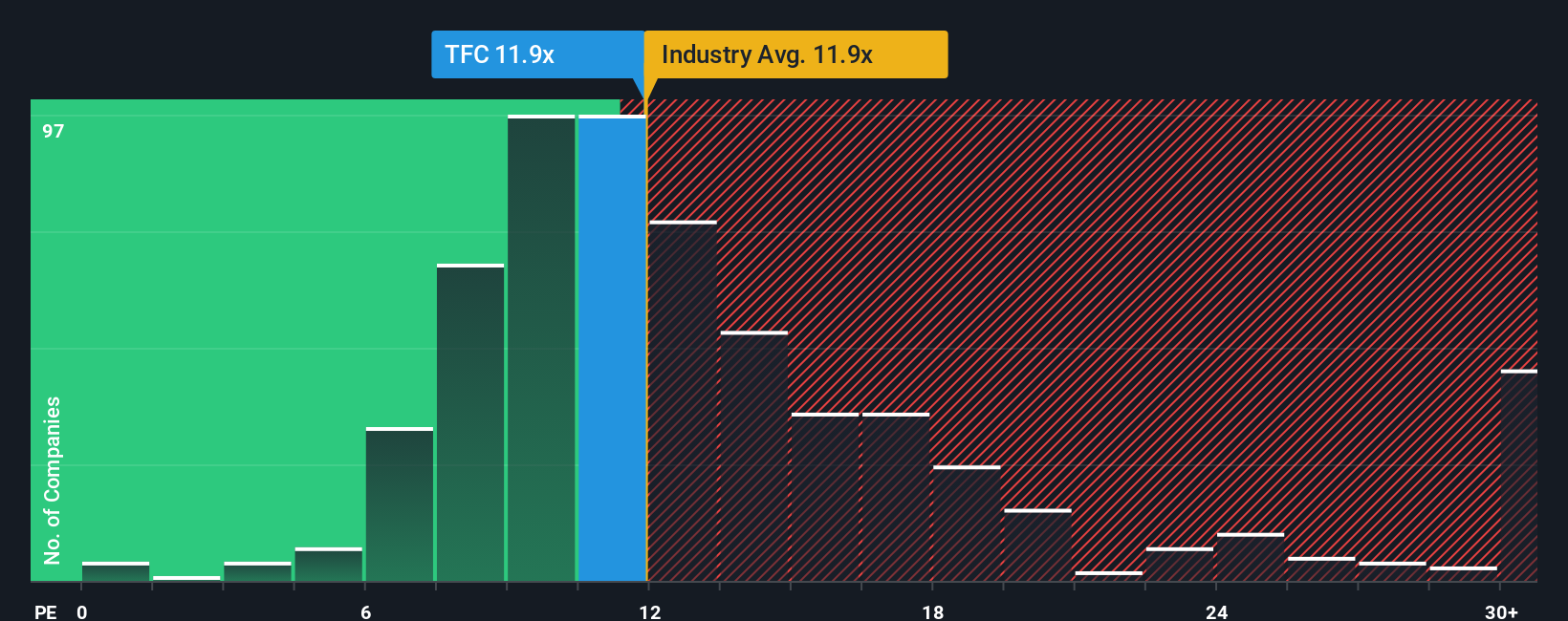According to a Goldman Sachs survey, despite not yet securing large-scale orders, Chinese humanoid robot suppliers have initiated a “capacity-first” strategy and have upgraded from parts supply to modular solutions. The industry will closely monitor milestones such as the release of Tesla’s Optimus Gen 3 to validate the prospects for capacity absorption.
On November 7, Goldman Sachs released a field research report on China’s humanoid robot supply chain. The report noted that despite the lack of large-scale confirmed orders, core suppliers have entered a ‘preemptive’ phase, making extremely optimistic capacity preparations for the anticipated mass production of humanoid robots expected to commence in the second half of 2026.
According to the ZF Trading Platform, Goldman Sachs believes that for investors, this implies:
Clear timeline: The supply chain’s consensus locks the tipping point for large-scale mass production in the second half of 2026. This is an important investment timing anchor.
Confidence game: Suppliers are betting on the industry’s future with tangible investments (land, factories, production line planning). This ‘capacity-first’ strategy not only demonstrates strong confidence in the explosive demand from end customers (especially leading players such as Tesla) but also carries the risk of idle capacity if orders fall short of expectations.
Value chain restructuring: Suppliers are upgrading from ‘selling parts’ to ‘selling modules,’ indicating that value within the industry chain is consolidating among upstream integrated and modularized suppliers. Companies capable of providing integrated solutions ranging from actuators to sensors, along with global manufacturing capabilities, will possess stronger bargaining power.
Key observation indicators: The report identifies two pivotal events to validate the industry’s turning point within the next 1-2 years: (1)$Tesla (TSLA.US)$The release of Optimus Gen 3, Tesla’s third-generation humanoid robot, is anticipated in February/March 2026; and (2) global humanoid robotics companies are expected to announce their order/shipment targets for 2026 by late 2025 or early 2026. These will serve as litmus tests for whether the current optimism can translate into actual orders.
Capacity first: A ‘military exercise’ for mass production, but orders remain to be confirmed.
Goldman Sachs conducted a survey from November 3 to 6, 2025, of nine Chinese supply chain companies, including Sanhua$SANHUA (02050.HK)$, Topre, Rongtai, and Shuanghuan. The most critical finding was that the majority of suppliers are actively planning capacity in China and overseas (primarily Thailand, followed by Mexico) to support potential large-scale production of humanoid robots.
These planned annual production capacities range between 100,000 to 1 million robot-equivalent units. Such planning appears highly aggressive since Goldman Sachs itself forecasts global humanoid robot shipments to reach only 1.38 million units by 2035. This reflects the extreme optimism supply chain companies hold regarding the industry’s growth prospects.
However, the report emphasizes that no company has confirmed receiving large-scale orders or a clear production timeline. The prevailing strategy among suppliers is a ‘gradual ramp-up,’ meaning production scales are expanded based on the actual placement of orders. While this approach mitigates, to some extent, the imminent risk of overcapacity, it is undoubtedly a high-stakes gamble based on expectations.
From Components to Modules: Automotive Suppliers Seek ‘Second Growth Curve’ Across Industries
The report finds that the supply chain is undergoing a profound evolution. Suppliers are no longer content with providing single components but are moving towards offering integrated modules. Product portfolios have expanded from individual actuators to include sensors, structural parts, and other categories, aiming to capture ambitious market shares in their respective fields.
A very noticeable trend is that these companies are, to varying degrees, related to the automotive industry. They are eager to expand their operations into the field of robotic components to seek new growth engines while better leveraging existing capacity and technological synergies in precision manufacturing and automated production lines. For instance, Minth Group has applied its expertise in precision forming and optical coating technologies from the automotive sector to robotic head components.
‘China Speed’ Becomes Core Advantage; Mass Production Targeted for the Second Half of 2026
In their interactions with clients, many companies are actively showcasing their technical capabilities and scalable production readiness. They emphasize rapid design-to-product turnaround and agile service as their core competitive advantages to gain and expand their market share within the supply chain.
The report repeatedly mentioned$Tesla (TSLA.US)$Optimus, Zhiyuan, Leju,$XPeng (XPEV.US)$and other robot clients, hinting that these clients may be more inclined to rely on external suppliers to initiate mass production of robots. The industry’s generally anticipated start time for mass production is commonly pointed to the second half of 2026.
In summary, Goldman Sachs’ report paints a picture of China’s humanoid robot supply chain being ‘all systems go, just awaiting the final push.’ For investors, this is a field of high potential but also high uncertainty. Closely tracking the materialization of orders over the next 18 months will be key to seizing this historic opportunity.
Editor/melody
Source: news.futunn.com






